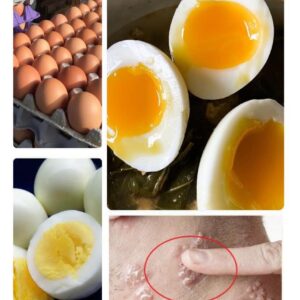When it comes to a sumptuous and savory meal, prime rib takes the crown.
This cut of beef is known for its tenderness, juiciness, and rich flavor.
If you want to impress your guests or simply treat yourself to a special meal, mastering the art of cooking prime rib is a must.
In this comprehensive guide, we’ll walk you through the process, from selecting the perfect prime rib to serving it like a pro. Selecting the Right Prime Rib Choosing the Cut Selecting the right prime rib is the first step to culinary success. Look for a bone-in prime rib roast weighing between 6-8 pounds. The bone enhances the flavor and juiciness of the meat. Seasoning and Preparation
Before you start cooking, season the prime rib with 2 tablespoons of olive oil, salt, and pepper. For an extra burst of flavor, consider inserting optional garlic cloves into the roast using a paring knife. Cooking the Perfect Prime Rib Initial Roasting Preheat your oven to a scorching 500°F (260°C). Place the prime rib roast on a rack in a roasting pan. Rub the roast with olive oil and generously season it with salt and pepper. If desired, you can insert garlic cloves into the roast using a paring knife for a delightful infusion of flavor. Roasting to Perfection Place the roasting pan in the oven and roast the prime rib at 500°F for 15 minutes. This high-temperature initial roast will seal in the juices and create a flavorful crust on the outside. Reduce the oven temperature to 325°F (160°C) and continue roasting the prime rib until it reaches your desired level of doneness. Use a meat thermometer to check the internal temperature for precision. For medium-rare, aim for 135°F (57°C). Medium enthusiasts should target 140°F (60°C), while those who prefer well-done should go for 150°F (66°C). Remove the roast from the oven and allow it to rest for 15-20 minutes before slicing and serving. Resting is crucial to retain the juices and ensure a succulent prime rib.


